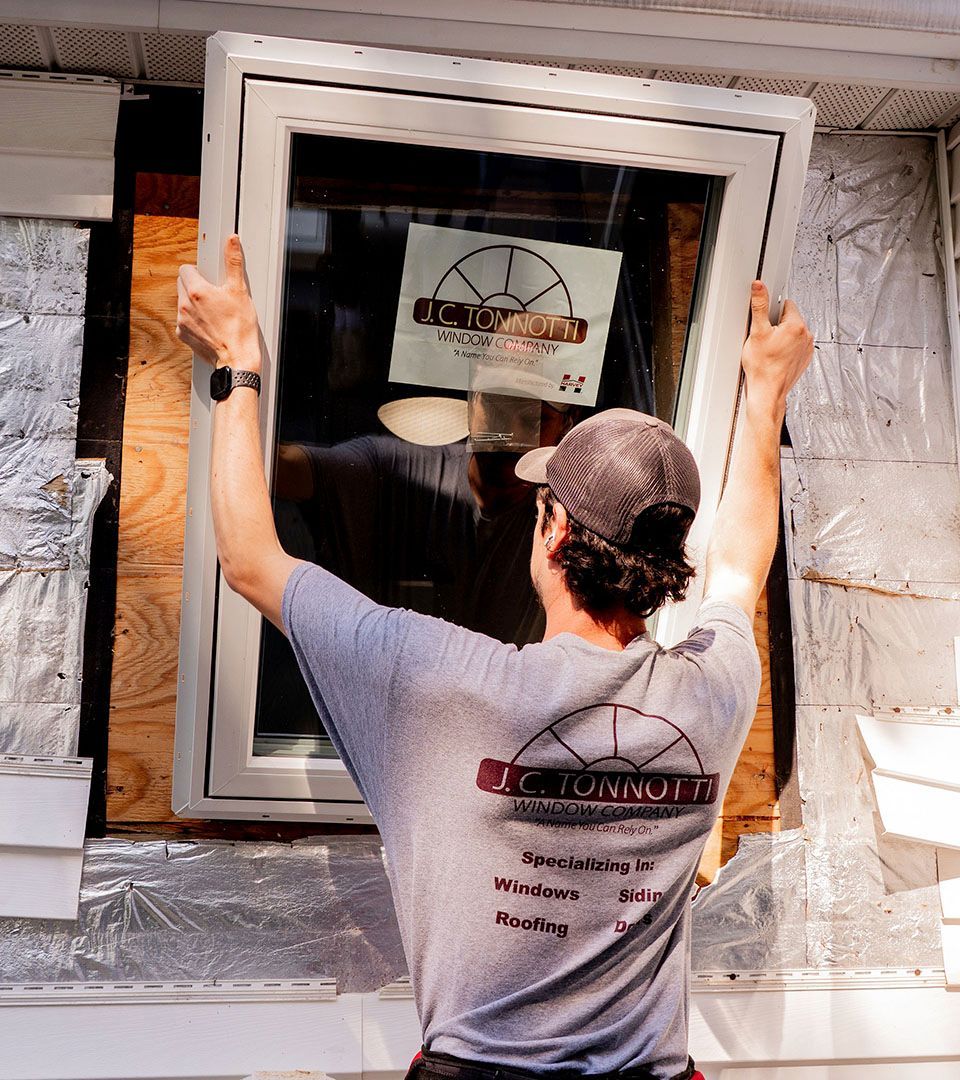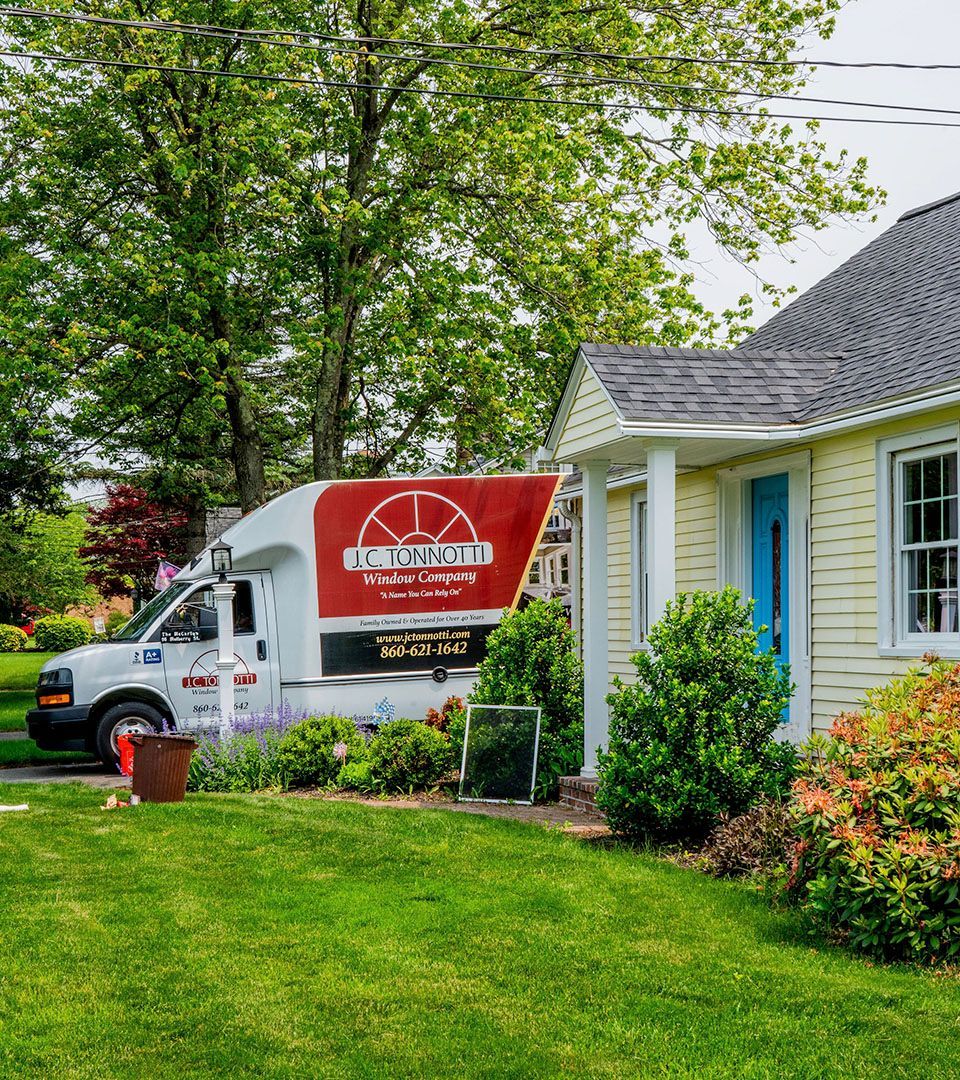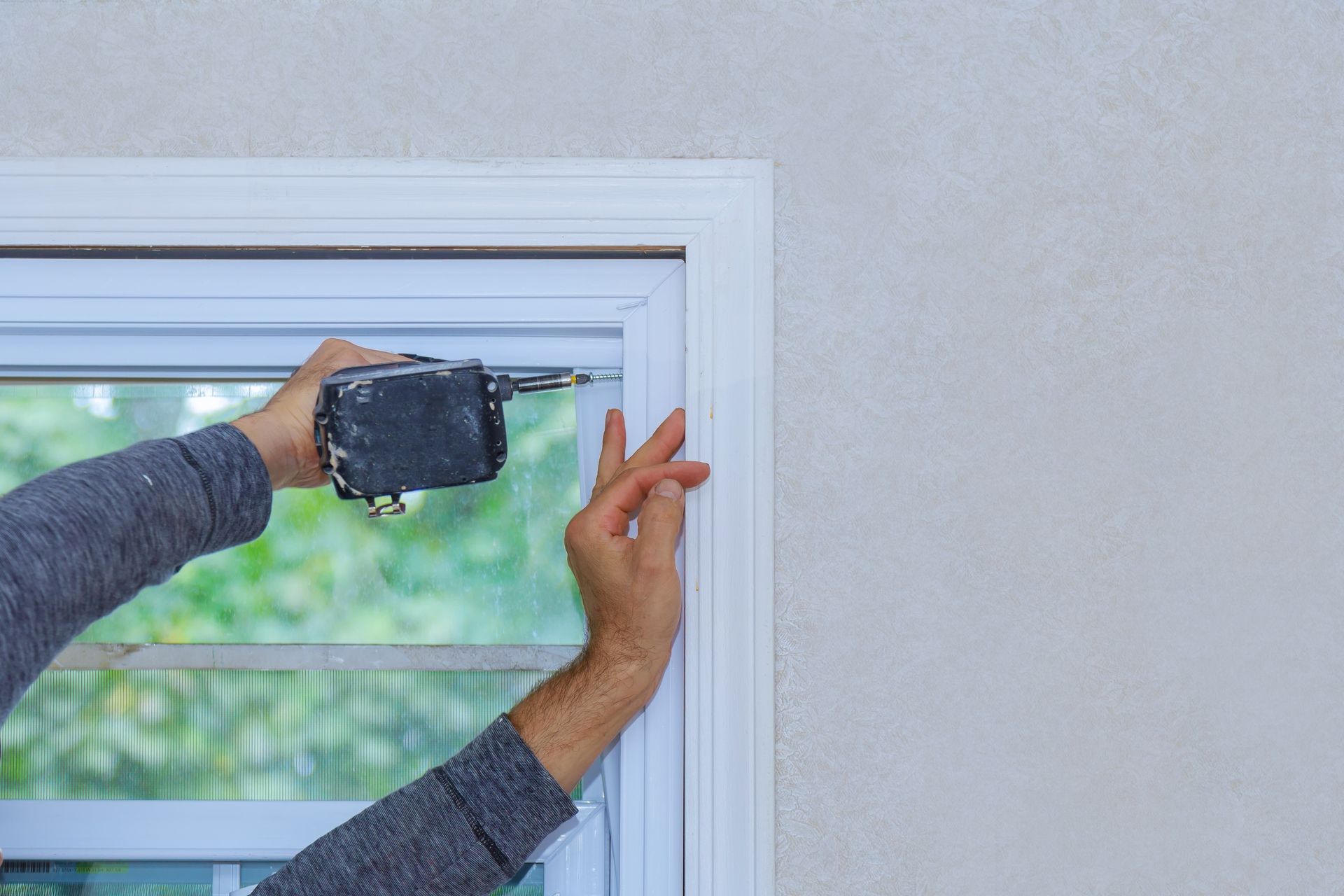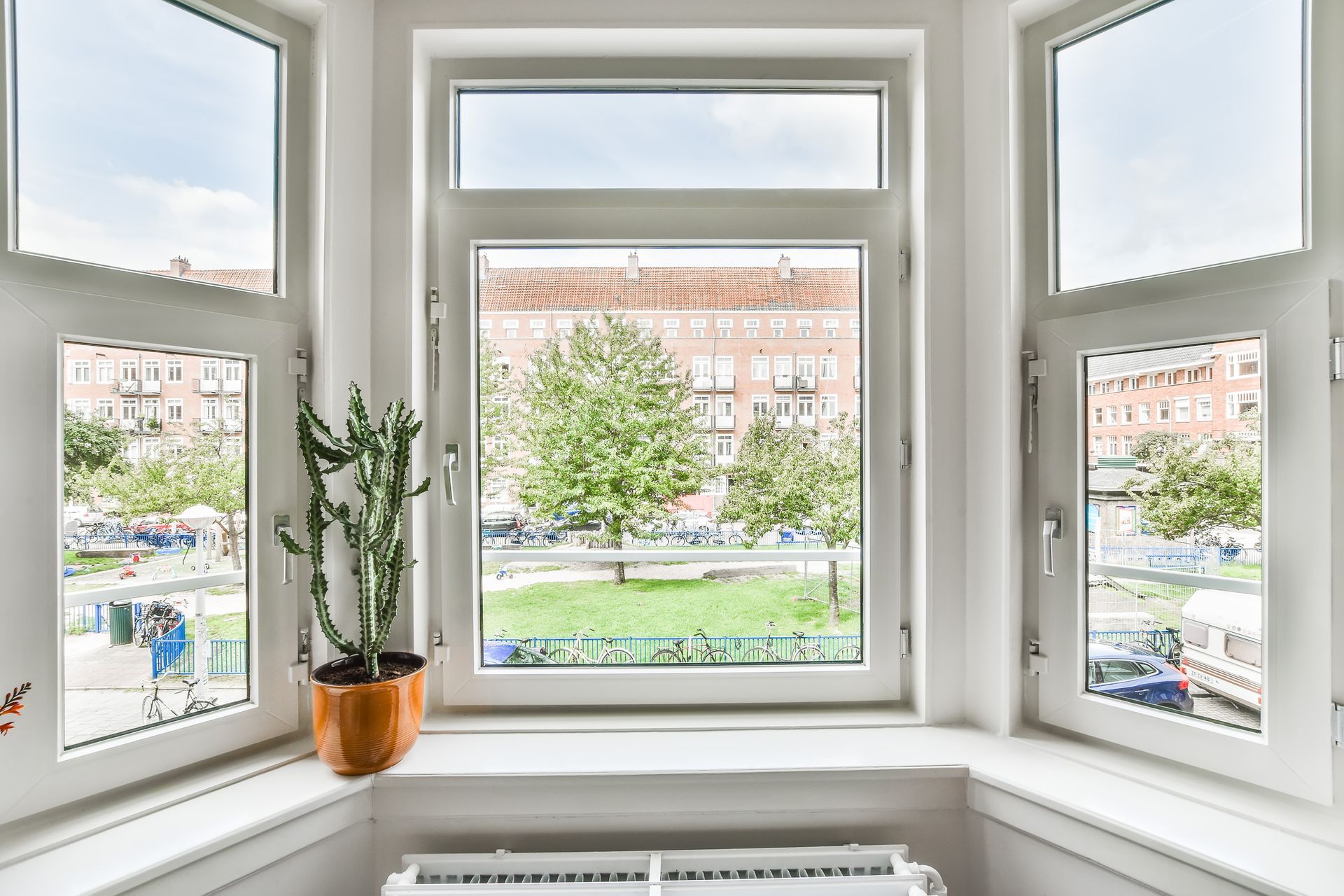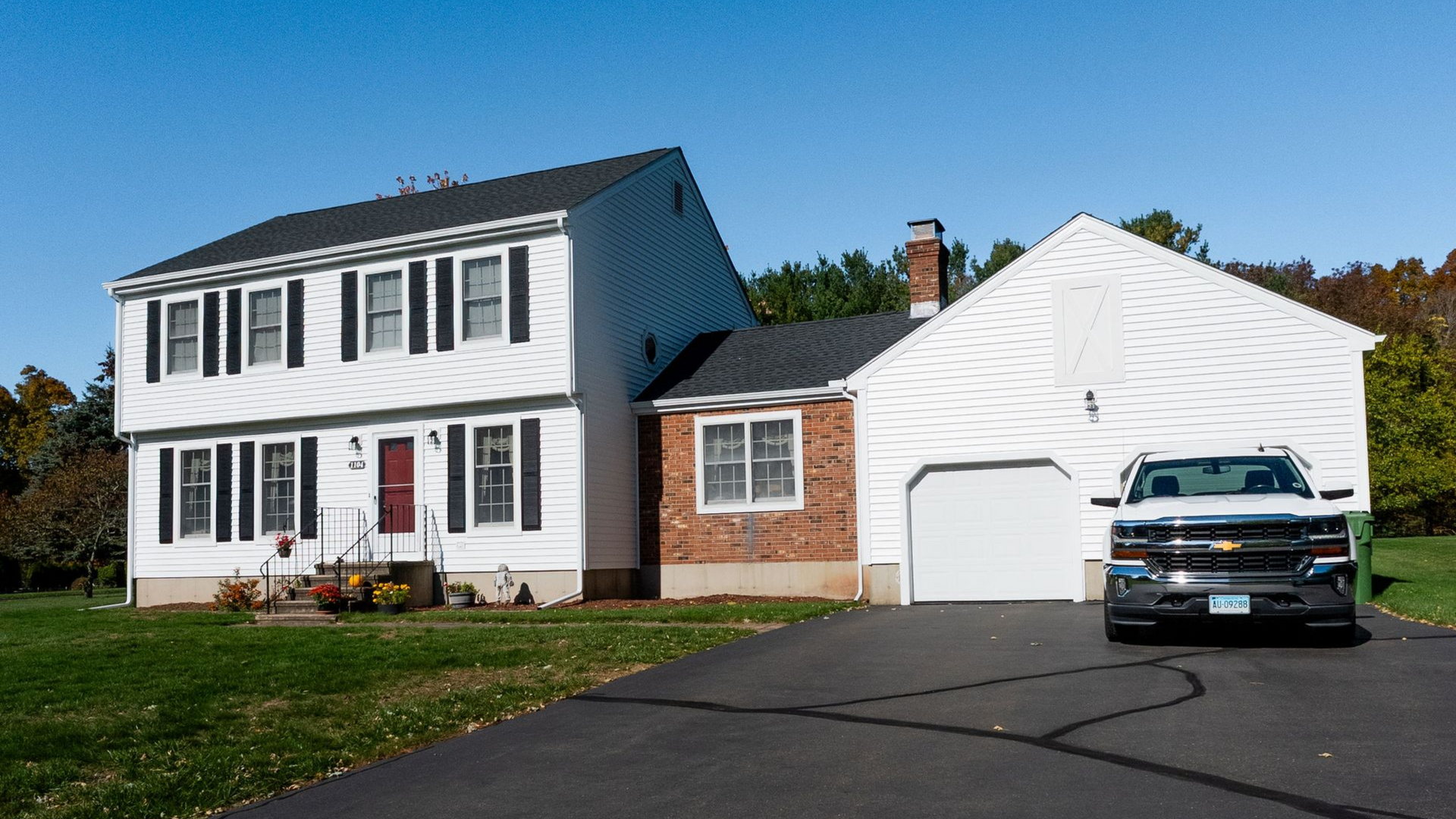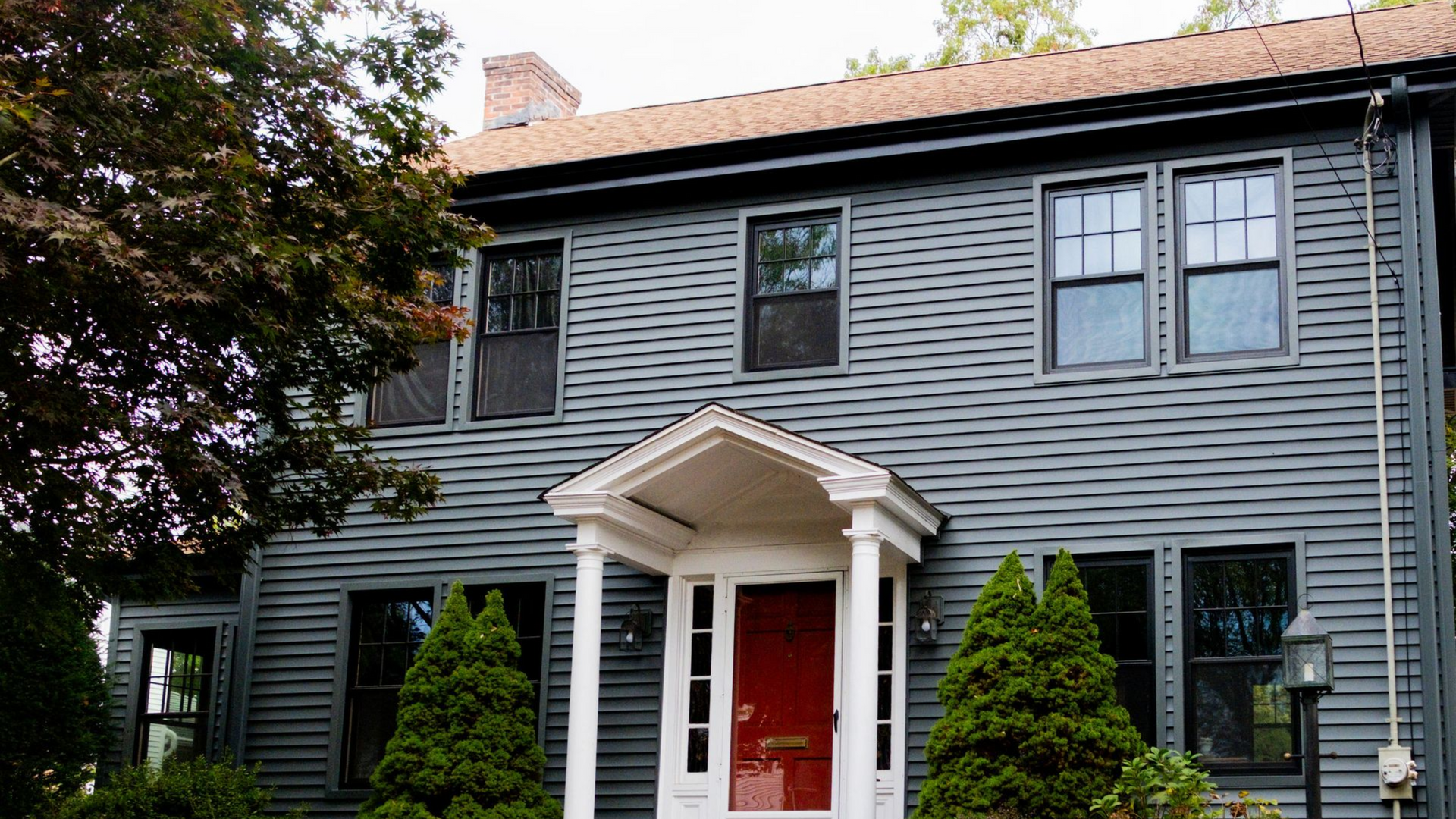What Is an Awning Window and How Does It Work?

If you're considering new windows for your home, you may have come across the term awning window—but what exactly is it? Awning windows have become a popular choice for homeowners seeking a modern, functional, and stylish solution that maximizes ventilation without sacrificing protection from the elements.
In this guide, we’ll break down everything you need to know about awning windows—from how they work to where they fit best in your home. Whether you're renovating or building new, this guide will help you decide if awning windows are the right choice for your needs.
What Is an Awning Window?
An awning window is a type of window that is hinged at the top and opens outward from the bottom, forming an awning-like effect—hence the name. This top-hinged design allows the window to remain open even during light rain, as the glass sash acts like a shield against the elements.
Typically operated with a crank handle or lever, awning windows are commonly installed in bathrooms, basements, kitchens, and other hard-to-reach places. They're also frequently paired with fixed picture windows to provide both ventilation and unobstructed views.
How Do Awning Windows Work?
Awning windows operate using a single sash that swings outward from the bottom. When opened, the pane angles out like a canopy, promoting air circulation while offering rain protection. Most models use a crank or lever mechanism, making them ideal for places where a traditional sliding window would be hard to reach.
Thanks to their tight seal when closed, awning windows are known for superior insulation and energy efficiency. In fact, the design naturally resists air and water infiltration, making them well-suited to climates with frequent rainfall or wind.
Key Benefits of Awning Windows
Awning windows offer a compelling mix of style, performance, and practicality. Here’s a closer look at the top benefits:
Excellent Ventilation—Even in Rain
Because they open outward and upward, awning windows allow air to flow into your space while keeping rainwater out. They’re perfect for homeowners who want fresh air year-round without worrying about weather exposure.
Energy Efficiency and Weather Sealing
Awning windows form a tight weatherproof seal when closed, which helps reduce drafts and improve energy performance. Many models are ENERGY STAR® rated and designed to minimize heating and cooling loss.
Enhanced Security
Unlike sliding or double-hung windows, awning windows offer increased security—even when slightly open. Their design makes them difficult to force open from the outside, and some models feature locking mechanisms that operate at multiple points.
Modern Aesthetic and Space Efficiency
With their clean lines and minimalist design, awning windows contribute to a modern and streamlined look. They also work well in smaller or narrow spaces, making them ideal for compact or minimalist architecture.
Ideal for Hard-to-Reach Areas
Since awning windows are operated via a crank or lever, they’re perfect for locations that are harder to access—above sinks, bathtubs, or countertops—where pushing or sliding a window might be difficult.
Potential Drawbacks to Consider
Despite their many advantages, awning windows aren’t ideal for every situation. Here are a few considerations to keep in mind:
Limited Egress in Emergencies
Because of their top-hinged design, awning windows typically don’t meet egress requirements for bedrooms or emergency exits. They’re not designed for quick exit in the event of a fire or other emergencies.
Cleaning the Exterior Can Be Difficult
If installed in a second-story or high location, cleaning the outside of the window may be challenging—especially since the sash opens outward and can block access to the outer glass.
Not Ideal Near Walkways or Patios
Since the sash swings out, awning windows can interfere with walkways, decks, or patios. Consider the surrounding space before installation to avoid obstruction or inconvenience.
Best Applications and Placement Ideas
Awning windows shine in several key placements throughout the home. Here are some of the best ways to use them:
- Bathrooms – Provides privacy and moisture ventilation, even during rain.
- Basements – Compact and secure, with protection from dirt and water.
- Kitchens – Placed above counters or sinks for easy ventilation.
- Living areas – Pair with fixed picture windows for a beautiful combination of light and airflow.
- High wall installations – Great for passive cooling and natural light while maintaining privacy.
Their flexibility and performance make them suitable for both new construction and window replacement projects.
Awning Windows vs. Other Window Types
Here’s how awning windows compare to other popular window styles:
| Feature | Awning Windows | Casement Windows | Double-Hung Windows |
|---|---|---|---|
| Opening Direction | Outward (bottom-up) | Outward (side-hinged) | Vertical (slides up/down) |
| Ventilation | High | High | Moderate |
| Weather Resistance | Excellent | Good | Fair |
| Egress Capability | Poor | Good | Good |
| Ideal Placement | High walls, small spaces | Tall/narrow openings | Bedrooms, common rooms |
| Cleaning | Exterior harder to clean | Easy | Easy |
Key takeaway: Awning windows are ideal when you want ventilation in
tight or elevated spaces, and
weather protection is a concern. However, they may not be the best option when
egress is required or the window needs to open into a frequently used exterior space.
Design and Performance Features
Awning windows are available in a wide variety of materials, sizes, and energy ratings. Here are a few performance-enhancing features to consider:
- Frame materials: Choose from vinyl, aluminum, fiberglass, or wood, depending on your aesthetic and insulation needs.
- Low-E glass coatings: Reflects UV rays while keeping interiors cooler in summer and warmer in winter.
- Removable interior screens: Protects against insects while being easy to clean and maintain.
- Custom sizing: Tailor the dimensions to your home’s specific layout or architecture.
- Multi-locking systems: Improves both energy performance and home security.
Many of these features contribute to both the energy efficiency and long-term durability of the window—making them a smart investment for homeowners prioritizing performance and design.
Are Awning Windows Right for Your Home?
The answer depends on your layout, climate, and goals.
- If you live in an area with
frequent rain, awning windows are ideal for ventilation without leaks.
- If your design leans toward
modern or minimal, their streamlined look is a perfect fit.
- If you're looking to improve
energy efficiency, awning windows provide one of the tightest seals available.
However, if egress is a concern or the window opens into a space with foot traffic, another style may be better suited.
Conclusion
Awning windows are a versatile and practical choice for homeowners who want the best of both form and function. With their sleek design, weather-resistant performance, and excellent ventilation—even during rain—they check a lot of boxes.
Before making your final decision, consider your space, climate, and how the window will function within your daily lifestyle. If you’re looking for windows that offer ventilation, protection, and style, awning windows might be exactly what your home needs.
Ready to explore awning window options?
Contact our team today to learn more or schedule a consultation with a window expert.
Frequently asked questions
About Awning Windows
What is the disadvantage of awning windows?
The main disadvantages of awning windows are that they don’t meet egress requirements (so they aren’t suitable for bedrooms), can be difficult to clean on upper floors, and swing outward, which can obstruct walkways or outdoor spaces.
What is the purpose of an awning window?
An awning window is designed to provide ventilation while protecting against rain. Its top-hinged, outward-opening design allows fresh air in even during bad weather, making it ideal for bathrooms, kitchens, and high-wall installations.
Can you fully open an awning window?
Awning windows typically open to about 45 to 60 degrees, not fully flat. This range allows for ample airflow while maintaining protection from rain, but they do not open a full 90 degrees like some casement windows.
What is another name for awning windows?
Awning windows are most commonly known by that name, but they are sometimes referred to as top-hinged windows or outward-opening vent windows in some architectural or technical contexts.
Do awning windows let in much air?
Yes, awning windows allow for excellent airflow, especially when placed high on a wall. Their angled opening catches breezes effectively while still shielding the interior from rain and debris.

